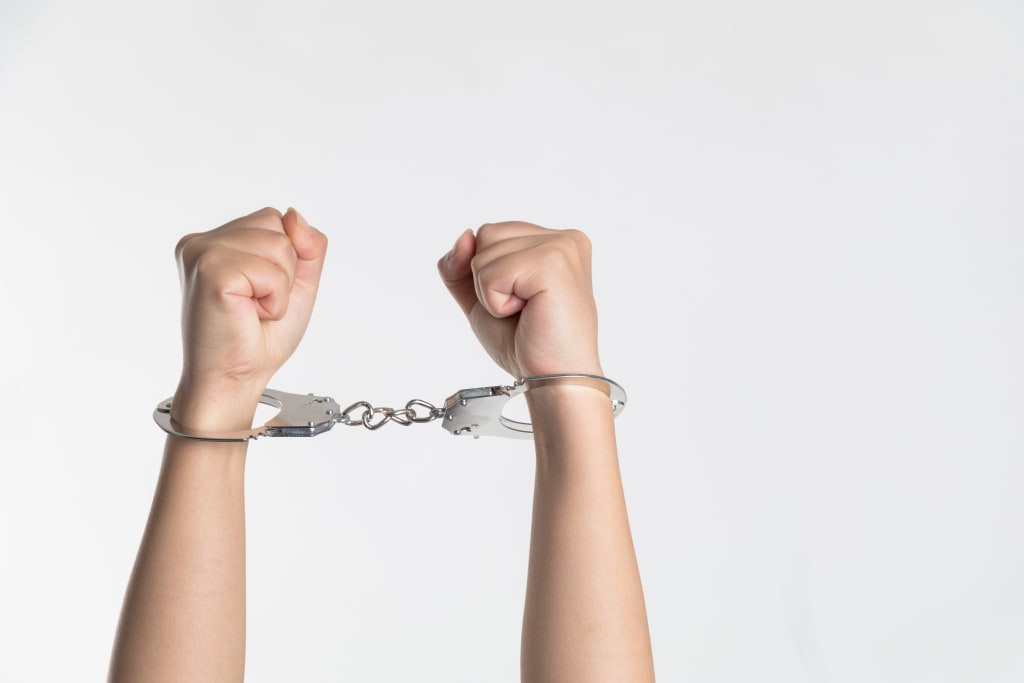Modern Slavery
It's not always what you think.

Slavery means being subject entirely to someone else's authority as if property. The word has somewhat vanished but the definition is still valid. Terms like child marriage, forced prostitution, debt bondage, bonded labor, and human trafficking exist instead. It exists wherever one human can convince another that he has no value of his own. Its victims cannot leave of their own free will. In the ancient worlds of the Ottoman and Roman empires, slavery was common. We have advanced globally as a people but too slowly. According to the 2018 Global Slavery Index, there are 40,300,000 enslaved. It is not "legal" anywhere in the world but there are many places where it is a "normal" practice. In Mauritania, slavery was banned in 1981, but as many as 20% of the population is estimated to still be enslaved today. In Haiti, forced child domestic servants called restavek are estimated today to be between 225,000 and 500,000, though slavery was abolished in 1793. In Ethiopia, slavery had been part of its culture for centuries. During the 1935 Italian occupation, slavery was officially banned though to little effect. The independent Ethiopia again tried to stamp it out in 1942 due to pressure from the international community. Eritrea still fails to enforce its 2007 law, where slaves are often descendant based. It's national conscription service can often mean an indefinite period of servitude. In North Korea, as much as 20% of the population may be in forced labor camps though this number is difficult to ascertain. In Tibet, controversial legal slavery in the form of serfs may have existed up to 1959. Other places where slavery remains high include Burundi, Central African Republic, South Sudan, Pakistan, Cambodia, Iran, and India. In many places, slavery is a product of war, devastating natural disasters, lack of rule of law, and poverty.
But in developed countries we may be unwittingly promoting its continuance by lack of transparency of companies whose products we buy. In 2019, Thailand finally implemented anti forced labor laws against its fishing industries but has a long way to go before trafficked forced labor is not a common and acceptable. In the chocolate industry, cocoa is often harvested by child laborers in Africa who may never see their families again. These are only two of the industries that use slavery to produce their end products. Tobacco, coffee, cotton, rice, and coal industries have long histories of using slavery. Today, the US Department of Labor has an app that can be downloaded easily called "sweat & toil," tracking those companies/goods that continue to use child and forced labor. Educate yourself on what products you may be buying that are supporting the slave industry. Look for companies that are transparent and ethical in their sourcing and production. Firmhugger.com, Fair Trade, and ethicalconsumer.org are all great tools in the fight against slavery.






Comments
There are no comments for this story
Be the first to respond and start the conversation.